Alongside the drumming of the great spotted woodpecker and the great tit’s squeaky bicycle pump, the bouncing ball cascade of the chaffinch is a welcome soundtrack to late winter.
The sound is sometimes likened to the rhythm of a bowler running in to deliver a cricket ball.
Another way to think of it: imagine the chaffinch is throwing the song down three wide steps, from its perch to the ground.
It’s as if the notes bounce a few times on each step before rolling to a stop at your feet.
Chaffinches like to deliver their cheerful phrases from mid-height - above the robins and dunnocks, but not as loftily as the thrushes. They often sit in the open, showing the peachy-orange of their neck, chest and belly.
Famously there are distinctive regional variations in the song. A chaffinch in Scotland will likely sound different to one in Sussex.
The notes at the end show the most variation, but the number and tone of the ‘steps’ can change too. Compare this next one to the one above.
Helpfully the overall pattern of the song retains a recognisable shape, so, unlike great tits and song thrushes, chaffinches are less likely to confuse.
Pink ‘pink!’-er
Chaffinches also have a sophisticated range of other calls, from a soft hueet to a repetitive ‘chip’ to an exclamatory ‘chink!’ or ‘pink!’ - once you know that last one you are bound to notice many more chaffinches around you.
Little extras
Chaffinches have the widest diets of any of our finches, which helps them make a living across most habitats in the UK.
The chaffinch’s Latin name Fringilla coelebs (coelebs = bachelor) refers to the all-male winter flocks that are noted in northerly places such as Sweden. Females tend to winter further south.
You can identify females by the extensive white in the wings and the outer tail feathers. Both features are particularly noticeable when the bird flies.
There are estimated to be around 5 million breeding pairs of chaffinches in the UK, and perhaps a further quarter of a billion pairs across the rest of Europe, with populations stretching into Asia and the Middle East. For more on their ecology in the UK, visit the British Trust for Ornithology.
🦢 Restoration project of the week: Pevensey Levels
The Pevensey Levels are a large, low-lying region of East Sussex between Eastbourne, Hailsham, Herstmonceux and Bexhill. When the Normans invaded Britain this area was an inlet and an extensive tidal marshland, but as sea levels dropped and human engineeering prevailed, most if it was converted to grazing pasture.
For centuries the Levels remained rich in nature. As recently as the 1970s they were designated a RAMSAR site of international importance for waterbirds. But over the last few decades drainage has become ever-more efficient, the Levels have dried, and most of the waders, duck and wagtails are gone.
The Pevensey Levels Wetland Creation Project aims to reverse their fortunes. Last autumn, diggers clawed out pools and shallow scrapes across a number of landholdings, to create an ‘archipelago’ of new habitats and retain more water through the seasons.
The hope is that this will bring immediate benefits for nature, but also kickstart more co-ordinated action across the wider Levels.
For anyone who’d like to hear more, there’s a free webinar tomorrow (Monday 17 February), hosted by my colleague at Sussex Wildlife Trust, Charlotte Pestell. As well as the latest on what’s happening, there will be a chance to ask questions. 7-8pm UK time, sign up here.
🐦⬛ Other ways to find birds with me this spring
Join a walk with me at Rye Harbour Nature Reserve on Sunday 2nd March (Sussex Wildlife Trust event). TICKETS HERE
Join an early morning birdsong walkshop at Stanmer Park, near Brighton on Saturday 8 March. TICKETS HERE
Explore the A-Z archive of Shriek of the Week
This is the seventh instalment in 2025’s cycle of Shriek of the Week. You can catch up with Robin, which includes details of the plan for this year, as well as Wren, Song Thrush, Blackbird, Great Tit and Dunnock.
For those who can, subscribing to the paid tier to Shriek of the Week supports me to write more and keep this all going.
It also gets you access to our livestream-hopping Early Bird Club call - our next is 8am GMT on Saturday 1st March.
This week, big thanks to Sue R, Misi, Rob and Judith, Alex B, Celia, Fiona, Alice & John for continuing your support.
Media credits:
Thanks to the British Library for use of their recordings.
Male chaffinch image by Jonny Gios on Unsplash
Female chaffinch image by Oldiefan on Pixabay





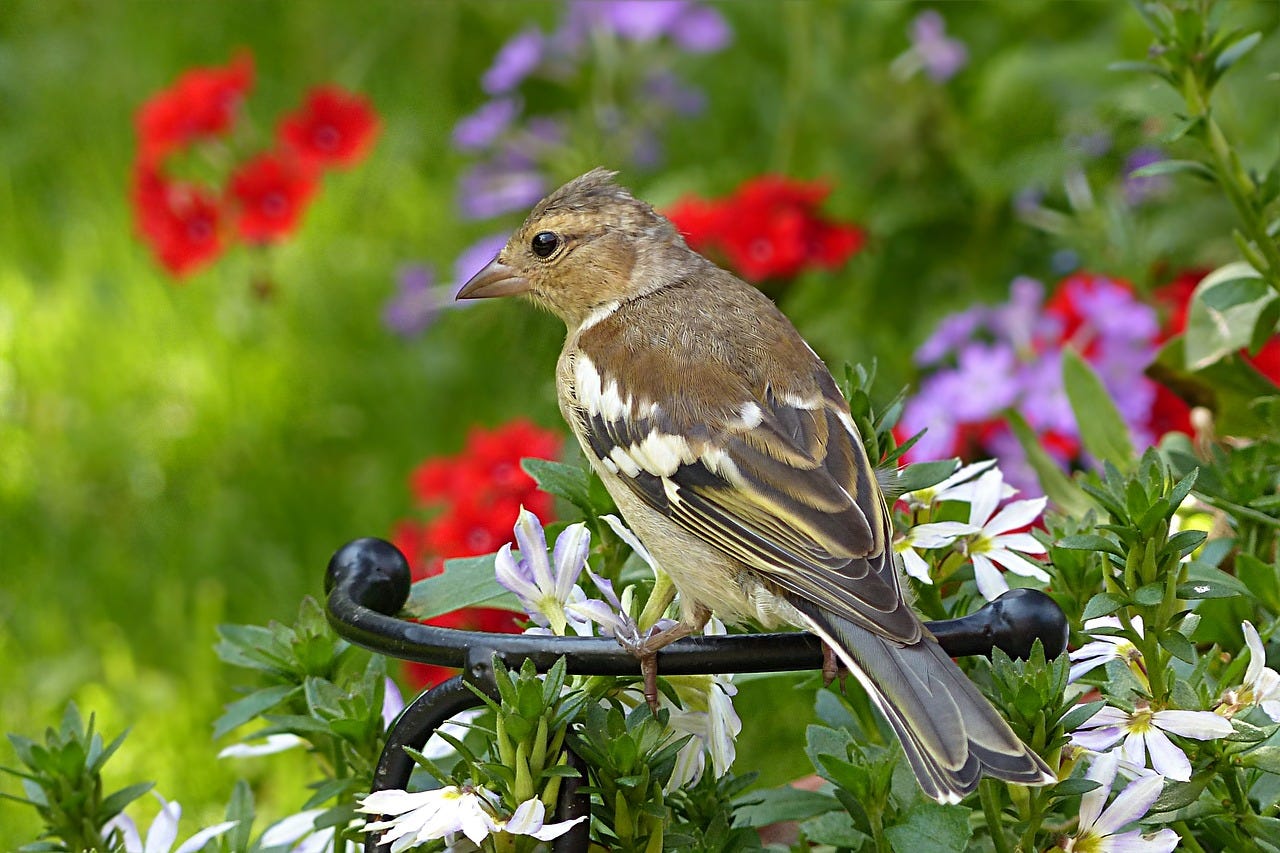
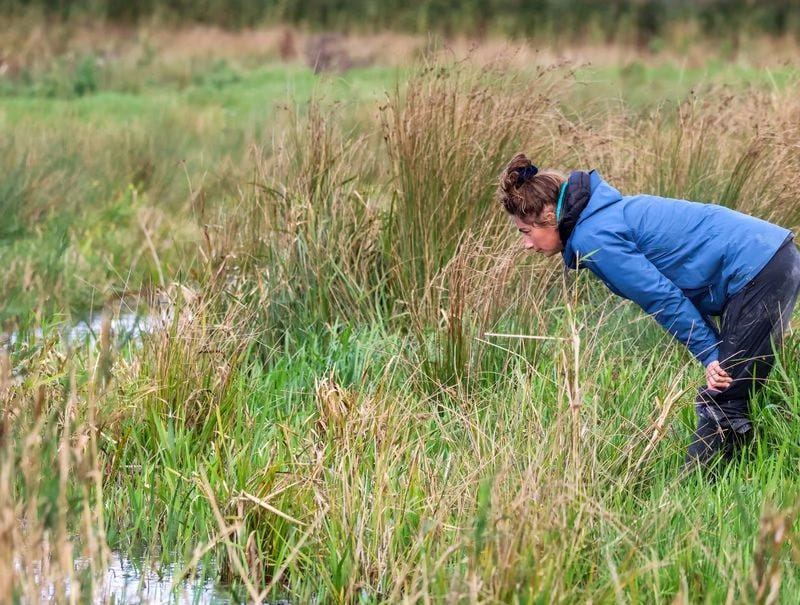
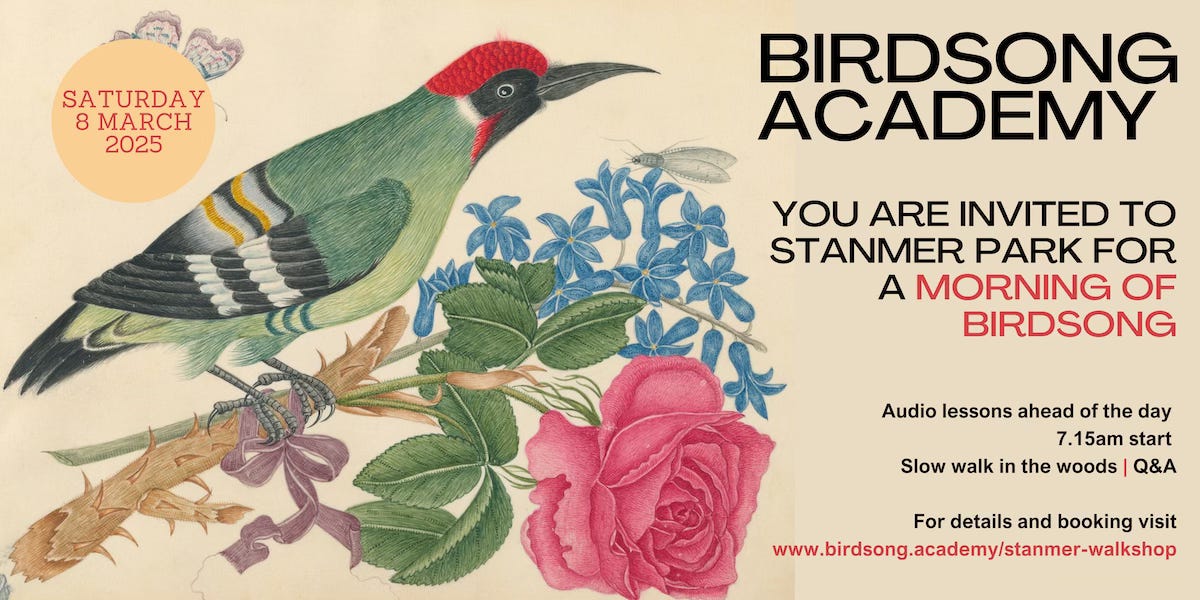


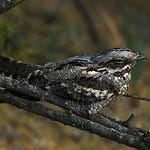
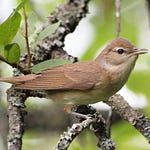

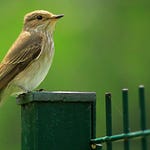


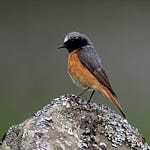
Share this post